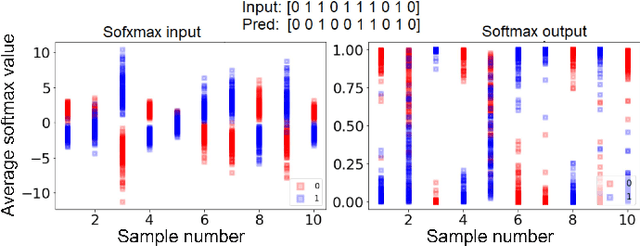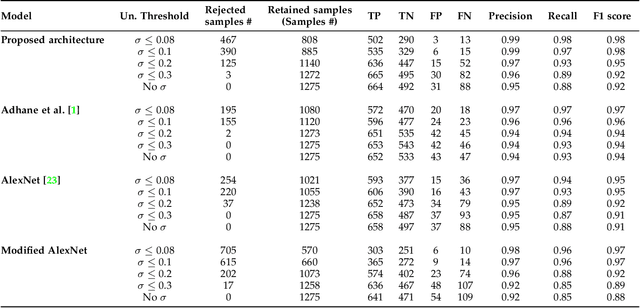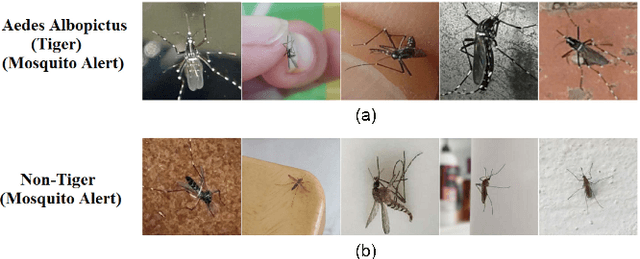On the use of uncertainty in classifying Aedes Albopictus mosquitoes
Paper and Code
Oct 29, 2021



The re-emergence of mosquito-borne diseases (MBDs), which kill hundreds of thousands of people each year, has been attributed to increased human population, migration, and environmental changes. Convolutional neural networks (CNNs) have been used by several studies to recognise mosquitoes in images provided by projects such as Mosquito Alert to assist entomologists in identifying, monitoring, and managing MBD. Nonetheless, utilising CNNs to automatically label input samples could involve incorrect predictions, which may mislead future epidemiological studies. Furthermore, CNNs require large numbers of manually annotated data. In order to address the mentioned issues, this paper proposes using the Monte Carlo Dropout method to estimate the uncertainty scores in order to rank the classified samples to reduce the need for human supervision in recognising Aedes albopictus mosquitoes. The estimated uncertainty was also used in an active learning framework, where just a portion of the data from large training sets was manually labelled. The experimental results show that the proposed classification method with rejection outperforms the competing methods by improving overall performance and reducing entomologist annotation workload. We also provide explainable visualisations of the different regions that contribute to a set of samples' uncertainty assessment.
 Add to Chrome
Add to Chrome Add to Firefox
Add to Firefox Add to Edge
Add to Edge